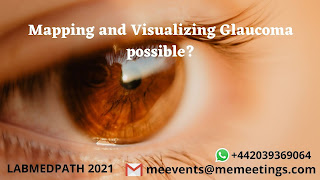Mapping and Visualizing Glaucoma possible?

Glaucoma is the leading cause of global irreversible blindness, affecting more than 70 million people worldwide between the ages of 40 – 80. Tests to diagnose and understand the impact of disease are well established, however, the actual patient experience of glaucoma-affected vision has been confined to epidemiologic descriptions of function and imprecise visualization of what the patient sees. Many patients diagnosed with early-stage glaucoma are prescribed life-long therapies, yet they experience minimal visual distortions. The eventual, long-term impact of glaucoma on their activities of daily living and quality of life eludes them, reducing chances for treatment compliance. Furthermore, the limited visual depiction of the disease may prevent providers and family members from providing empathetic care and support. Breast cancer is currently the second major cause of death for women in the US (American Cancer Society 2019). New research has highlighted the significance of t...





